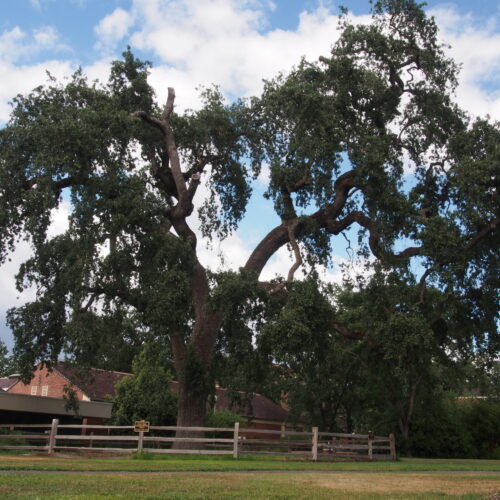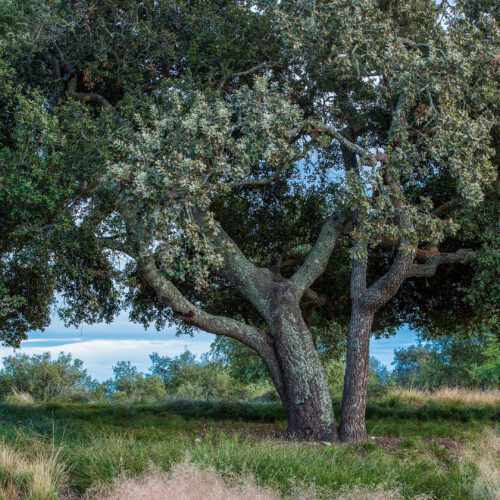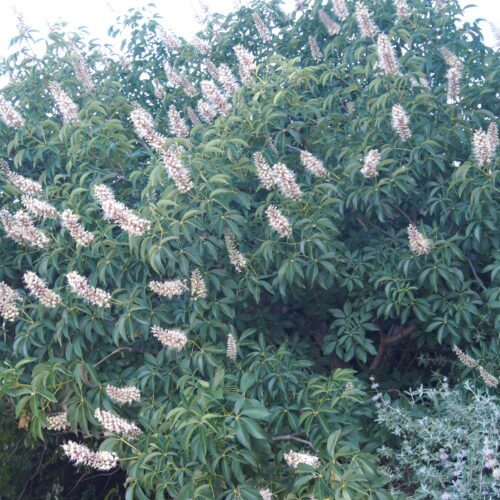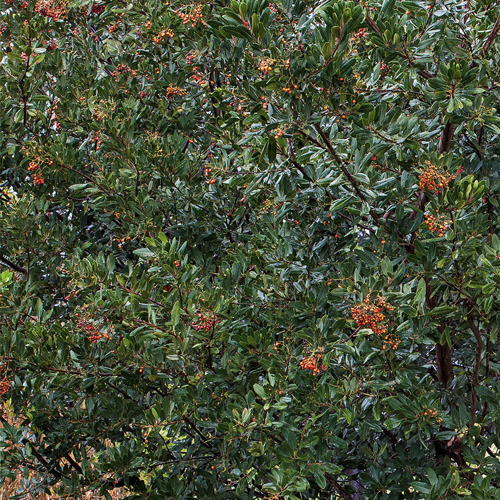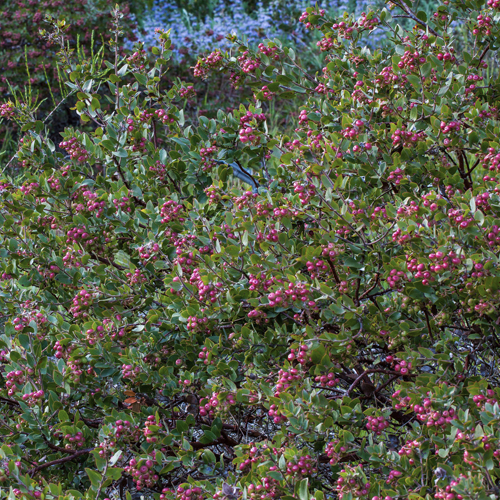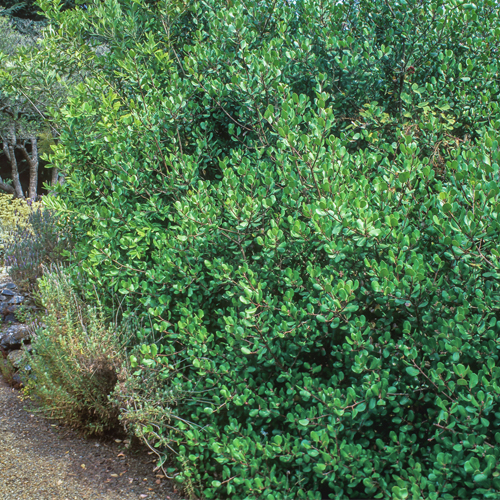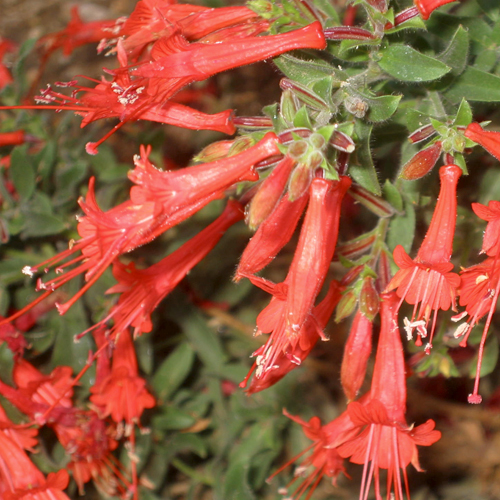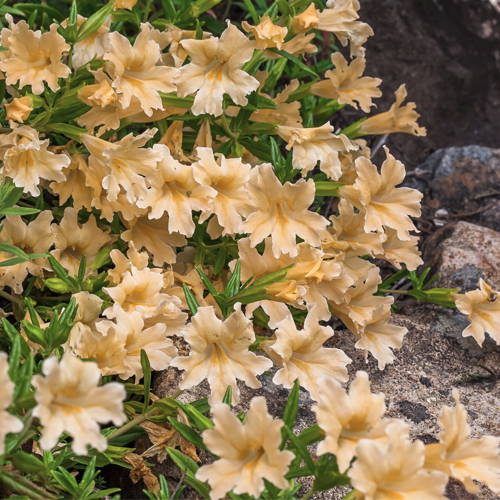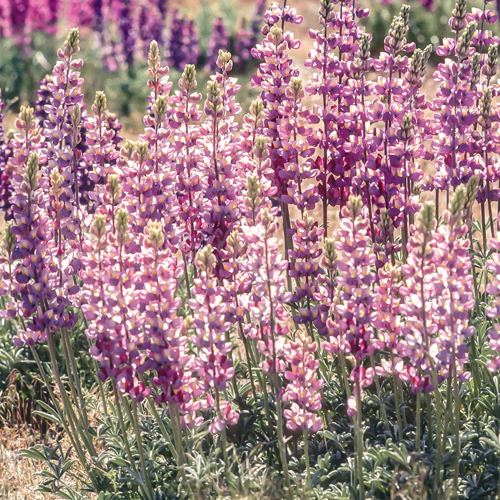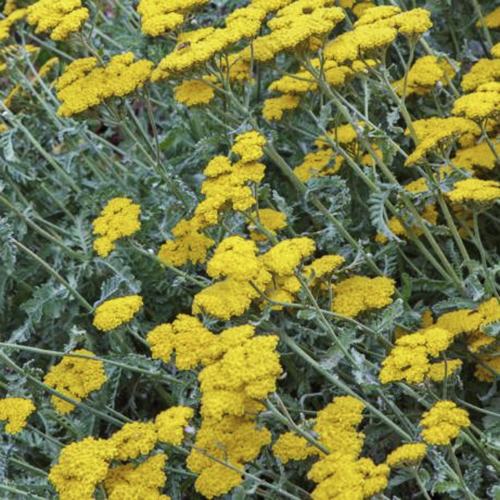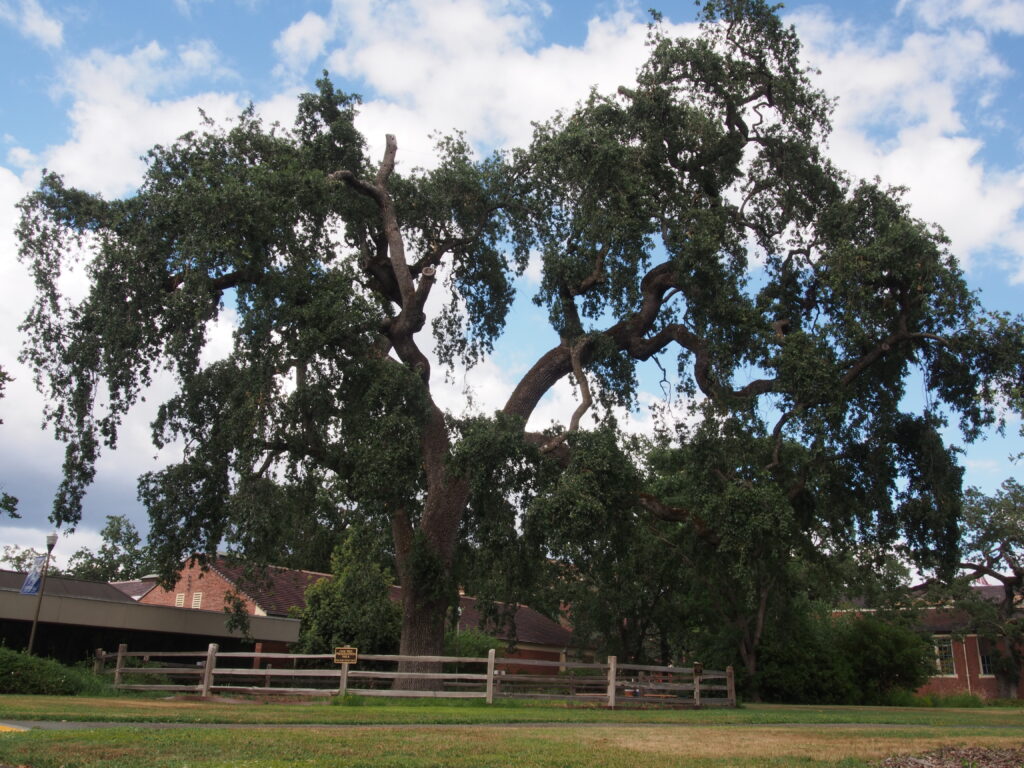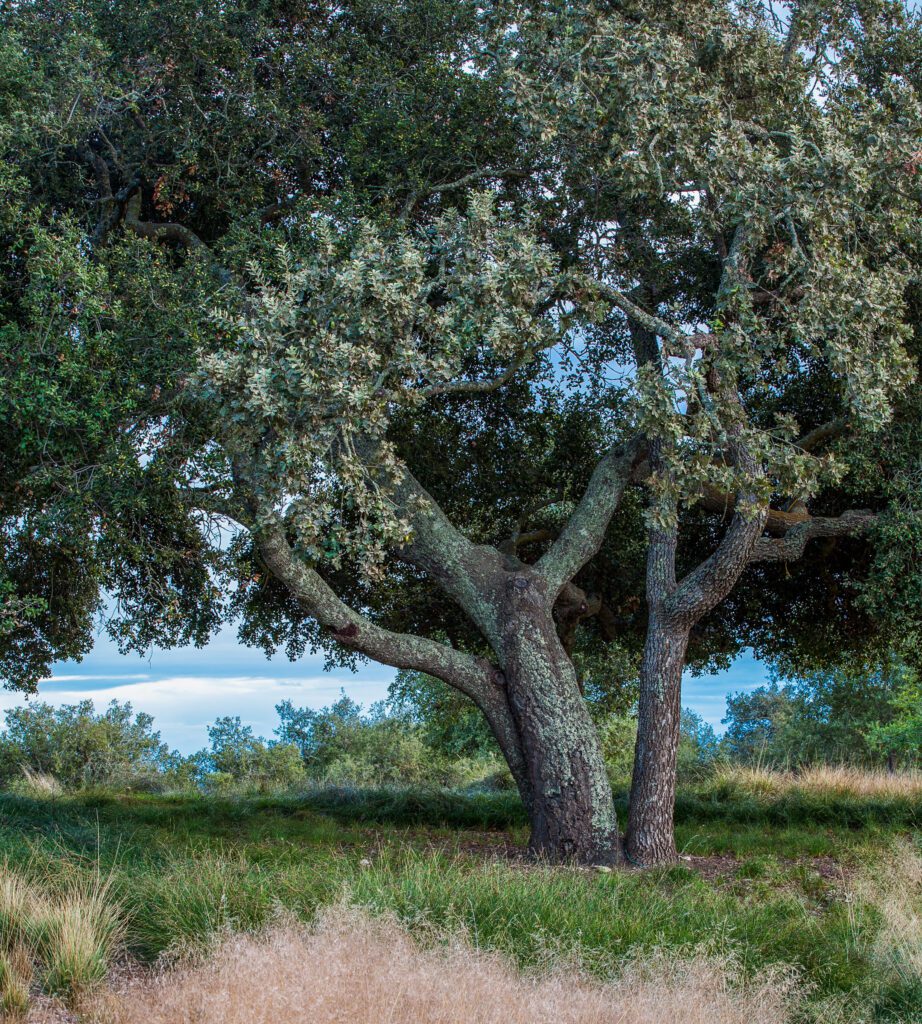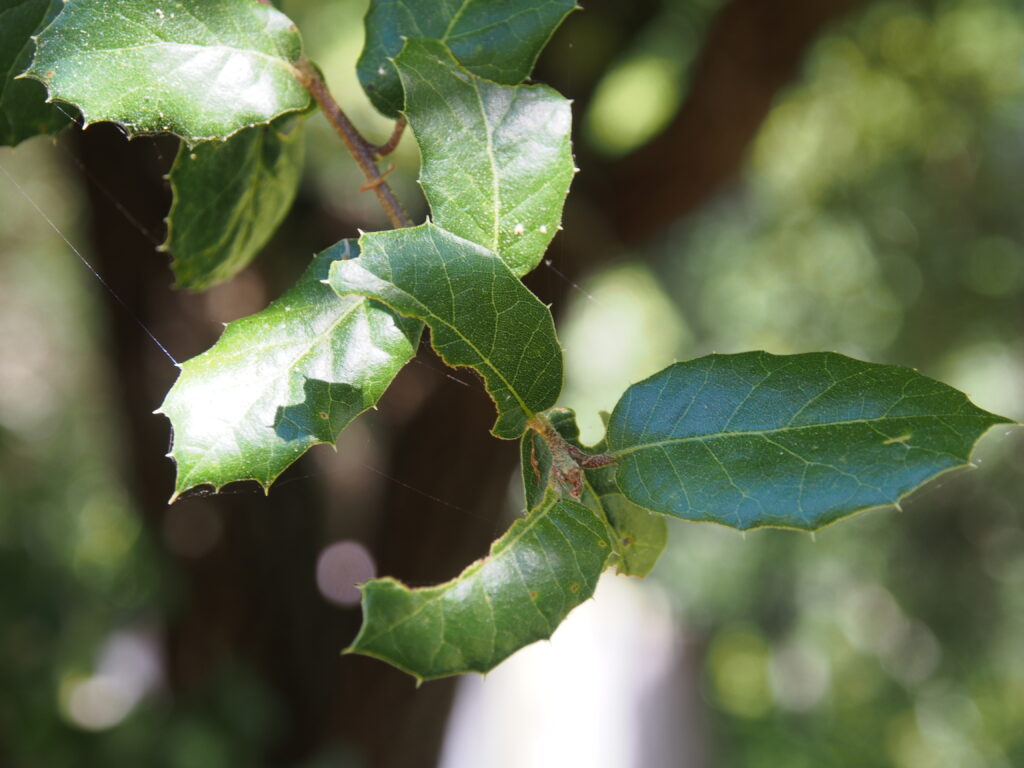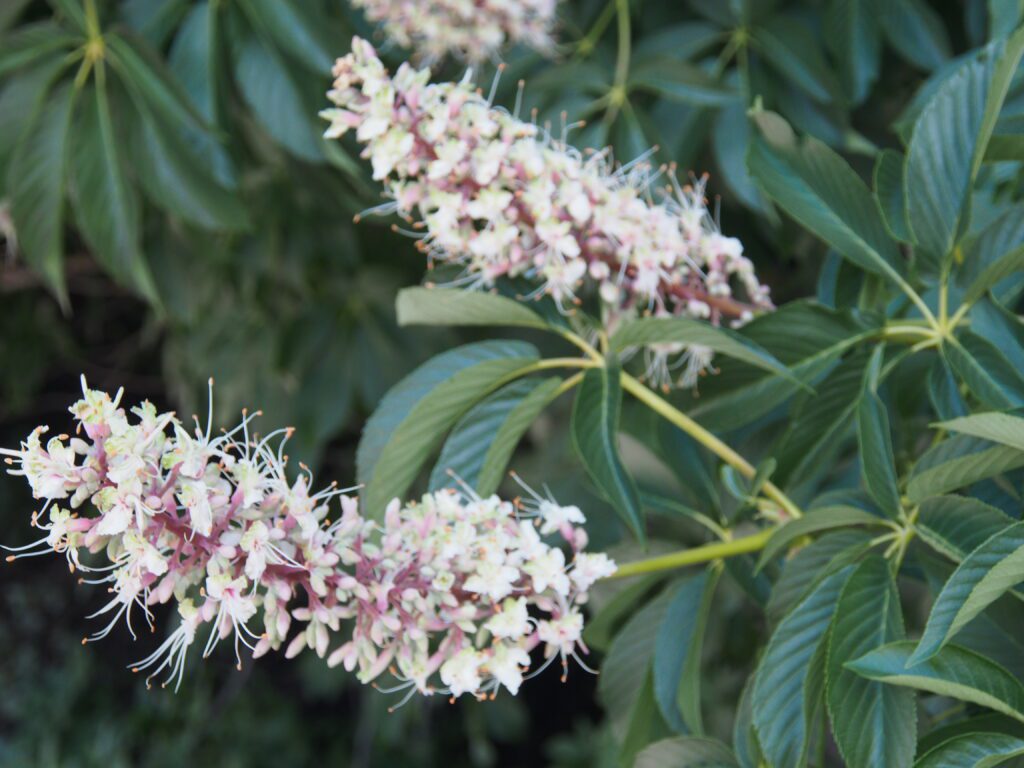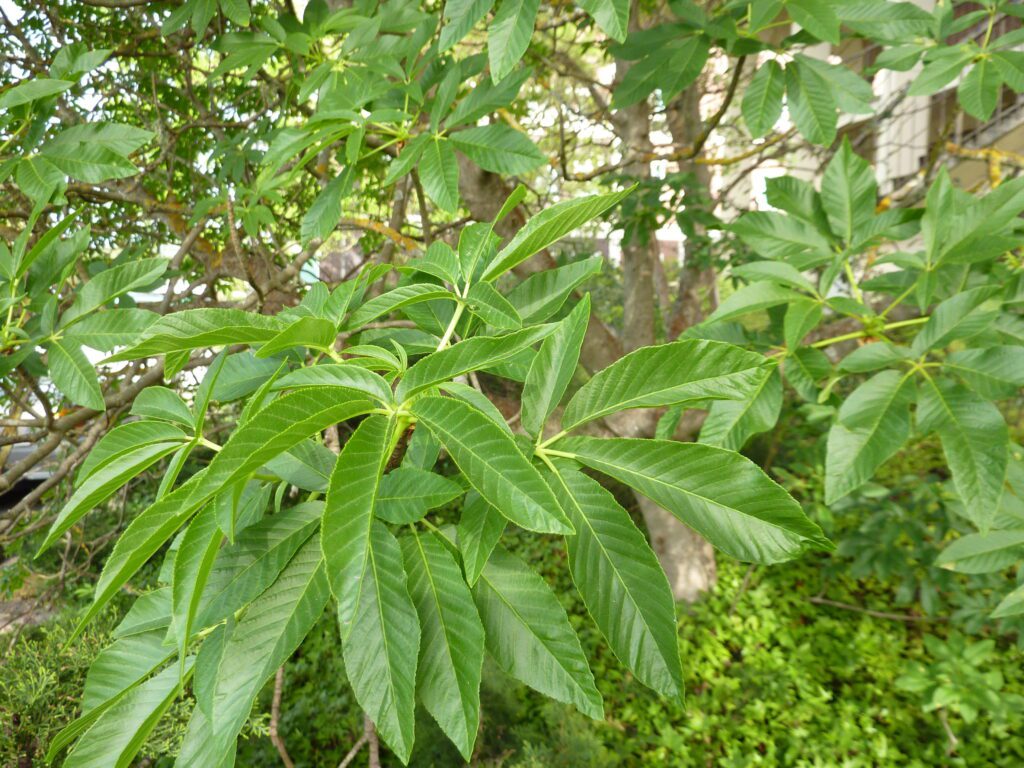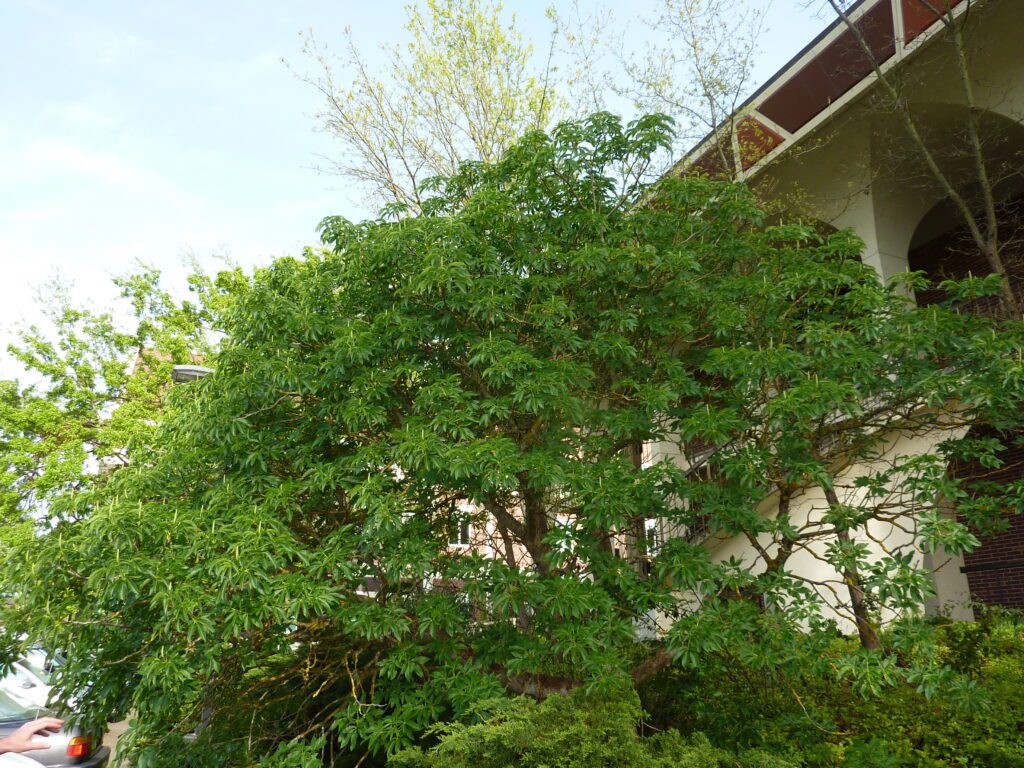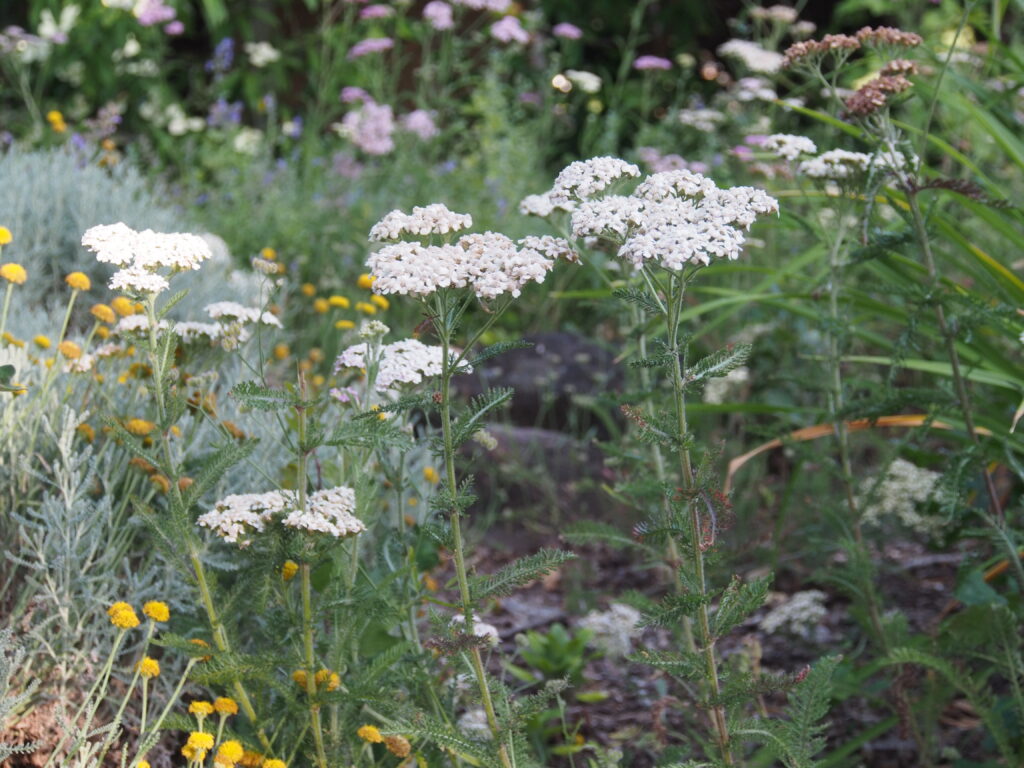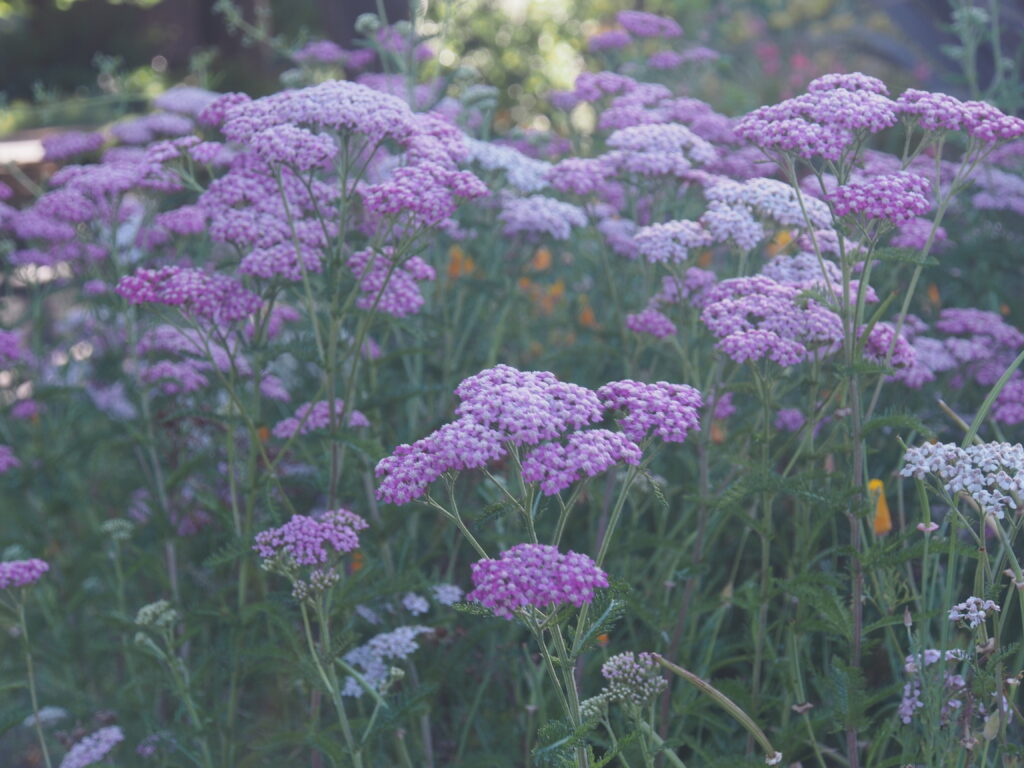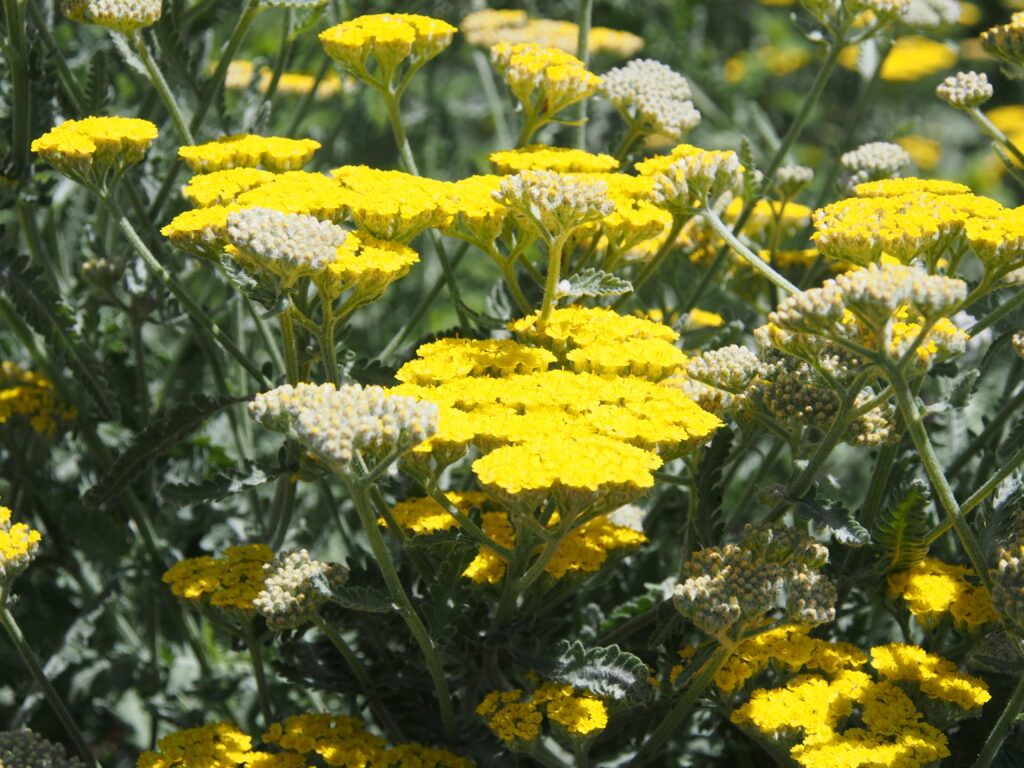Hummingbird Haven
BACK TO FULL TOUR
Garden Features
Drought Tolerant
California Natives
Deer Resistant
Drip Irrigation
Lawn-Free Landscaping
Permeable Surfaces
Wildlife Habitat
Our home is inside the Cloverdale city limits, at a 600’ high elevation ridge. We purchased this home in 2014 and removed several non-native bushes, including oleanders, which blocked our views and competed with native flora. There were native oaks, toyons, and California chestnuts already on the property, and we encouraged new saplings as well. Our California native trees provide shelter and habitat for wildlife including quail, finches, hummingbirds, sparrows, juncos, acorn woodpeckers, mockingbirds, flickers, jays, nuthatches, oak titmouse, gray squirrels, and lizards. Migratory birds such as robins, cedar waxwings, tree swallows, western bluebirds, and orioles feed here. Owls and coyotes can be heard at night. Red-shouldered hawks and gray foxes live nearby.
Due to hot, dry summers, we provide watering stations for wildlife (fed by irrigation drippers), including a ground-based water tray for quail and lizards, plus two raised fountains for bird baths, and a hanging bath in a tree which the blue jays prefer to use. Hummingbirds have three hanging nectar feeders, plus many flowers blooming throughout the year, including their favorite honeysuckle vine on our entry arbor (“Coral Honeysuckle” Lonicera sempervirens from Cal Flora).
To minimize weeds and maintenance, we installed flagstone patios in front and back of the home, and added a large, shaded deck with southbound views across the City of Cloverdale to redwood ridgelines beyond. Turkey vultures, hawks, and ravens soar in circles at eye-level with our view deck.
We planted hundreds of bulbs to take advantage of springtime rains, also encouraging spring-blooming perennials like lupines and California poppies which go dormant during summer.
Our bottlebrush plants are loved by both hummingbirds and bees throughout the summer months. The largest specimen of dwarf bottlebrush I have ever seen blooms profusely several times each year. Within our yard you can compare the growth habit of the dwarf bottlebrush to a typical common bottlebrush.
In the summer months, we rely mostly on succulents like aloes, agaves, yuccas, and jade plants to provide color and blooms. The winter blooms of our manzanitas provide food for local bees.
We also have the cutest dwarf pomegranate which was planted by the original owner 50 years ago and stays less than 2’ tall with dozens of acorn-sized decorative fruits in winter.
Although non-native, we have had success with evergreen Pepper trees (schinus molle) which have matured in just a few years, tolerating high heat with low water needs, with lovely draping limbs. Bees love their tiny blooms.
We have some steep hillsides with poor soil and high heat, where plants struggle to survive. Successful trailing plants for our hillsides include native Woodland Strawberry, plus myoporum and pink knotweed (persicaria capitata) which is a lovely evergreen ground-cover with lovely pink blooms year-round.
To minimize irrigation, only small areas of the landscape are irrigated. Much of the landscape is naturalized and receives no irrigation.
Most of the pruned or dried plant materials are mulched in place to promote soil health, reduce soil erosion, and control weeds. We hope you enjoy our garden!
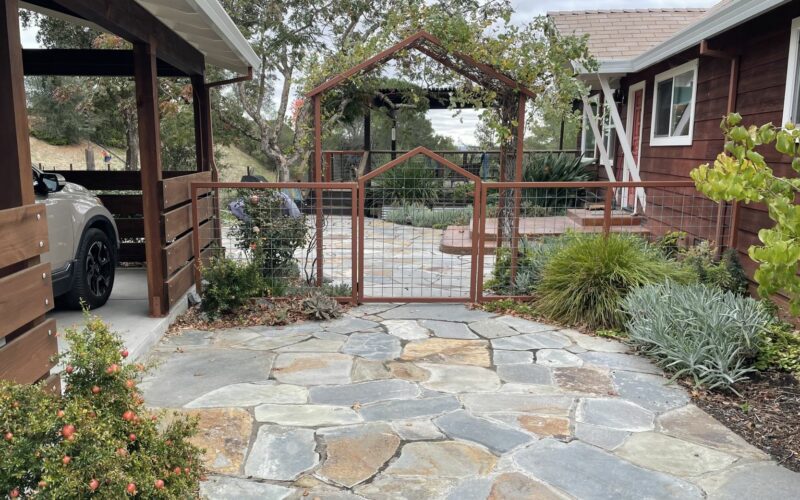
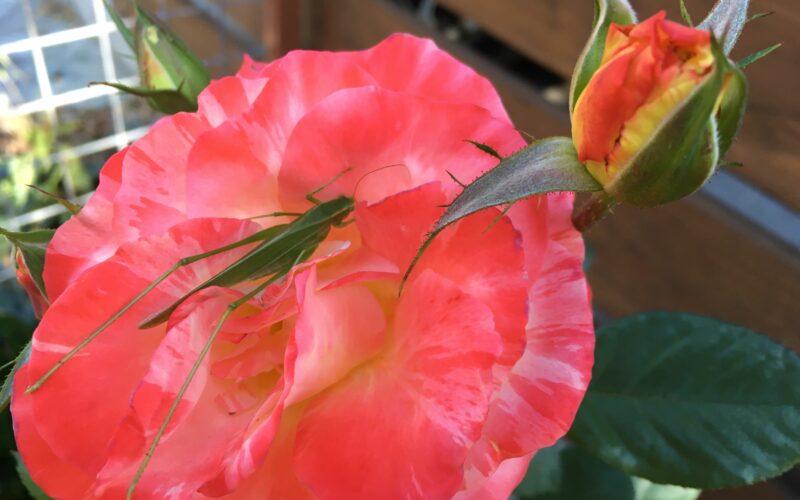
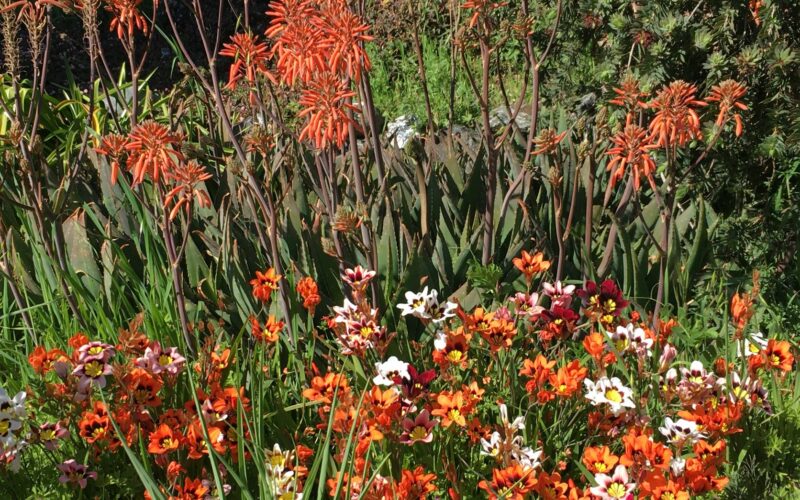
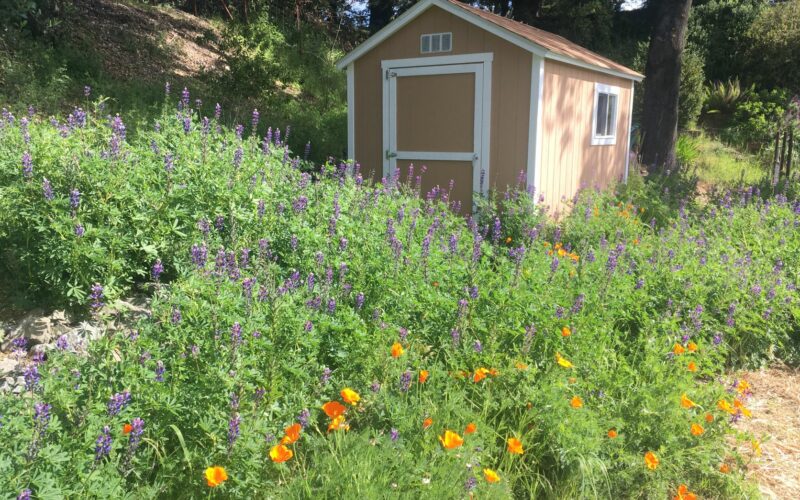
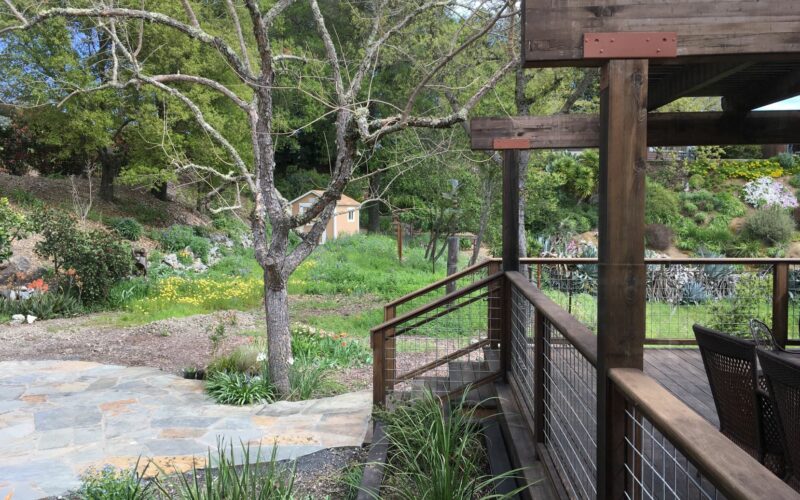
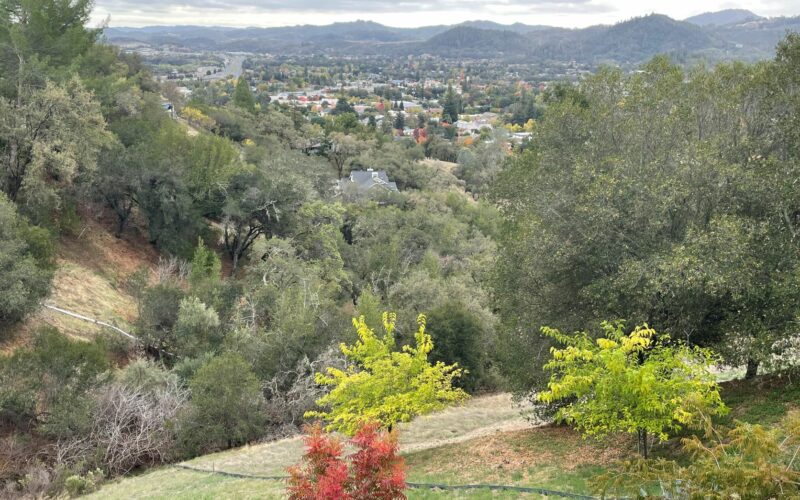
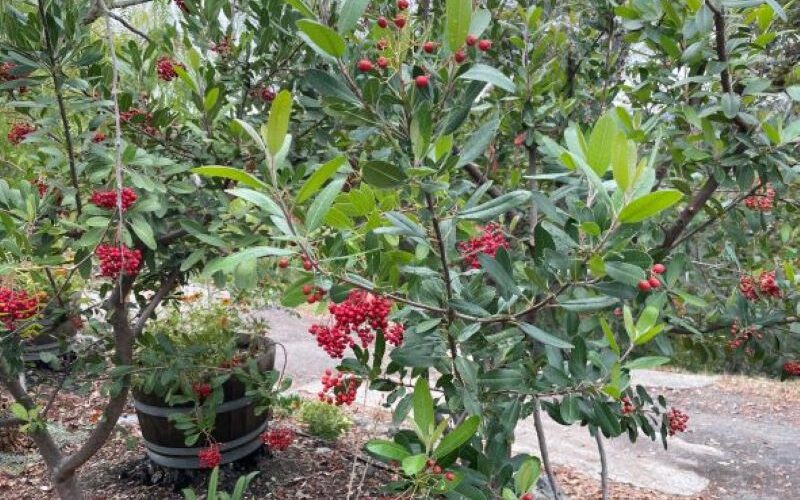
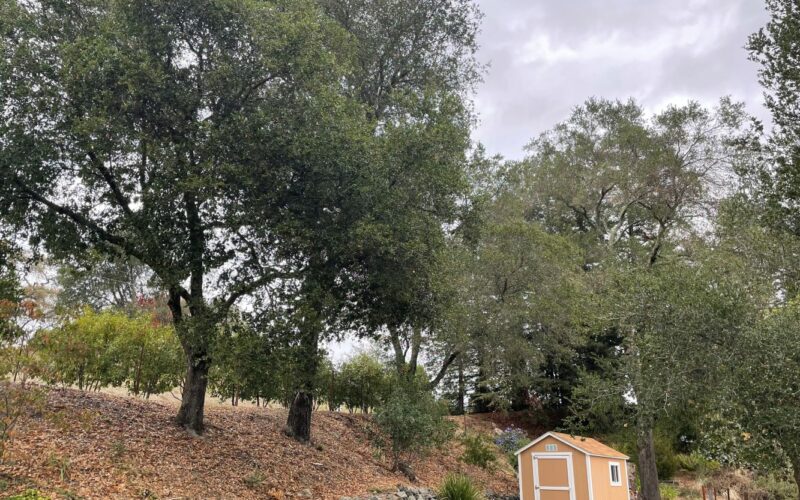
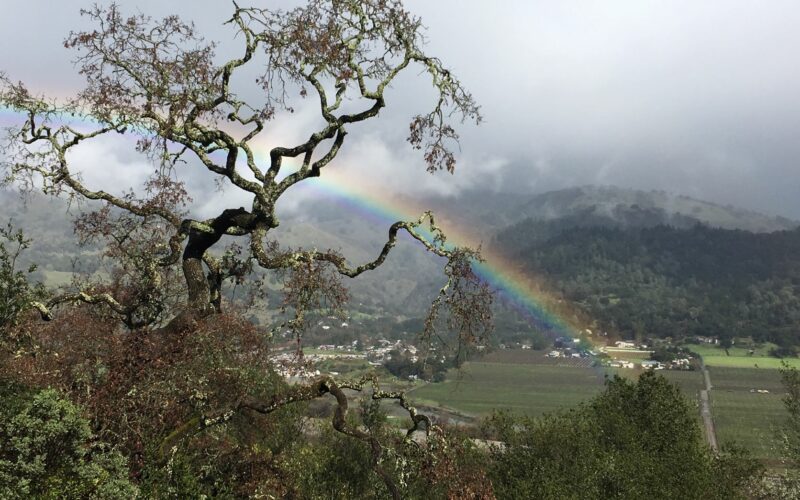
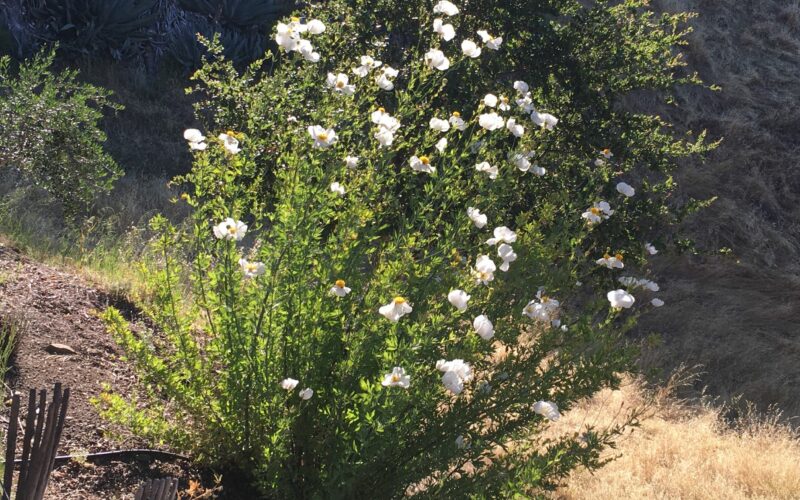
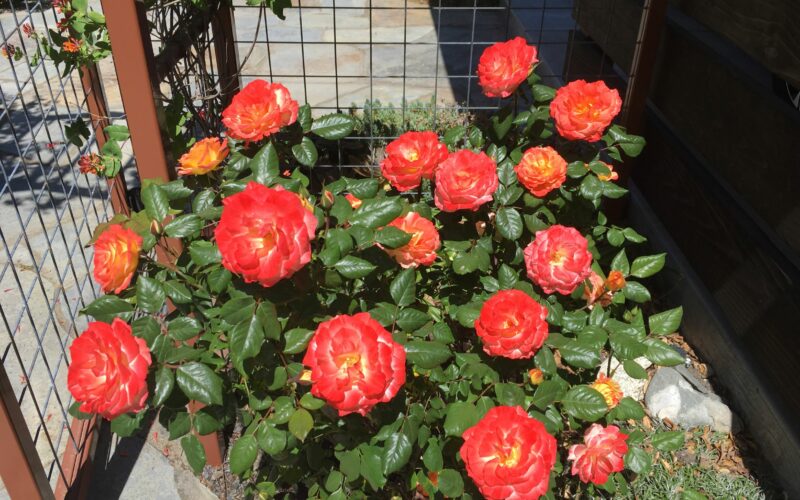
Plants in this Garden
Favorite Plants
Valley Oak Trees
Madrone Trees
Lupines
Matilija Poppies
Giant white poppies, romneya coulteri.
Favorite Garden Suppliers
Cal Flora Nursery
2990 Somers Street Fulton
Urban Tree Farm
3010 Fulton Road Fulton
Cloverdale Nursery
216 South Cloverdale Boulevard Cloverdale
Recommended Resources
Designing California Native Gardens
Written by Glenn Keator and Alrie MiddlebrookCalifornia Gardener's Guide Volume II
Written by Nan StermanGardening in Summer-Dry Climates
Written by Nora Harlow and Saxon HoltGardening Tips
verify the expected size at maturity (both height and width).
When buying plants, verify the expected size at maturity (both height and width). Choose a planting space sufficient to allow natural growth and shape for each plant, respecting each plant’s need for morning/afternoon sun/shade for your local climate. Landscapers frequently propose too many plants close together for immediate visual impact, creating potentially cramped plants later requiring too much annual pruning and watering. Not to mention, you may pay too much initially for plants you will ultimately thin out and discard in a few years anyway due to an overcrowded design.
